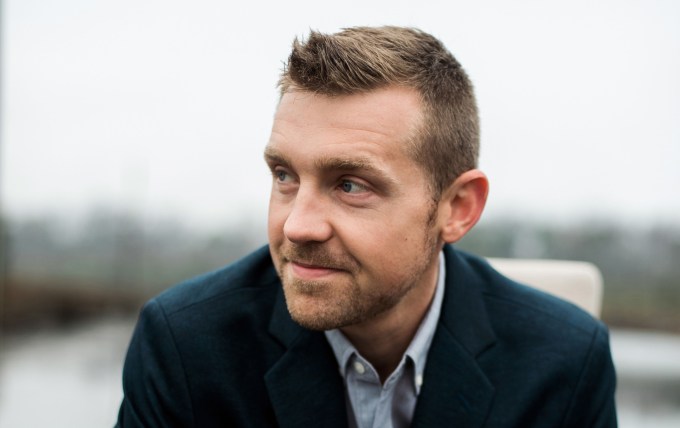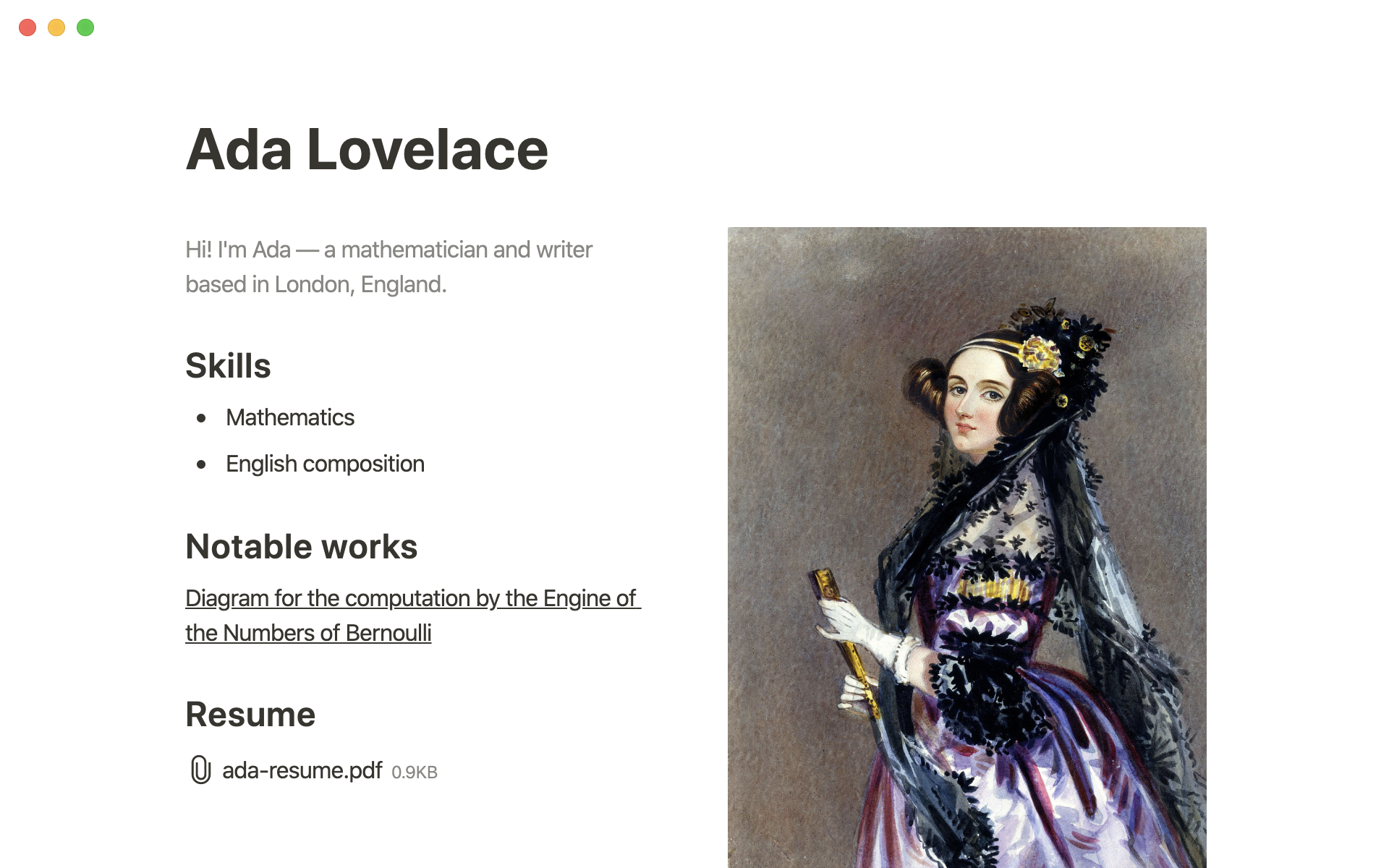I’m supposed to get photos as soon as I take something out of the box. I know better. The rule is not to play with the gadget first. I’m going to crash the drone; I always do.
I crashed the DJI Mavic Air 2 and broke a landing peg. I flew the drone before I took pictures and of course, the drone found a tree. I swear it’s not my fault this time. I quickly discovered the Mavic Air 2 obstacle avoidance technology is not up to par with its competition.
And yet I still love this drone. The Mavic Air 2 builds on the success of the original and is loaded with updated technology. Now it can go faster, farther and take better pictures while preforming automated flight paths and object tracking.
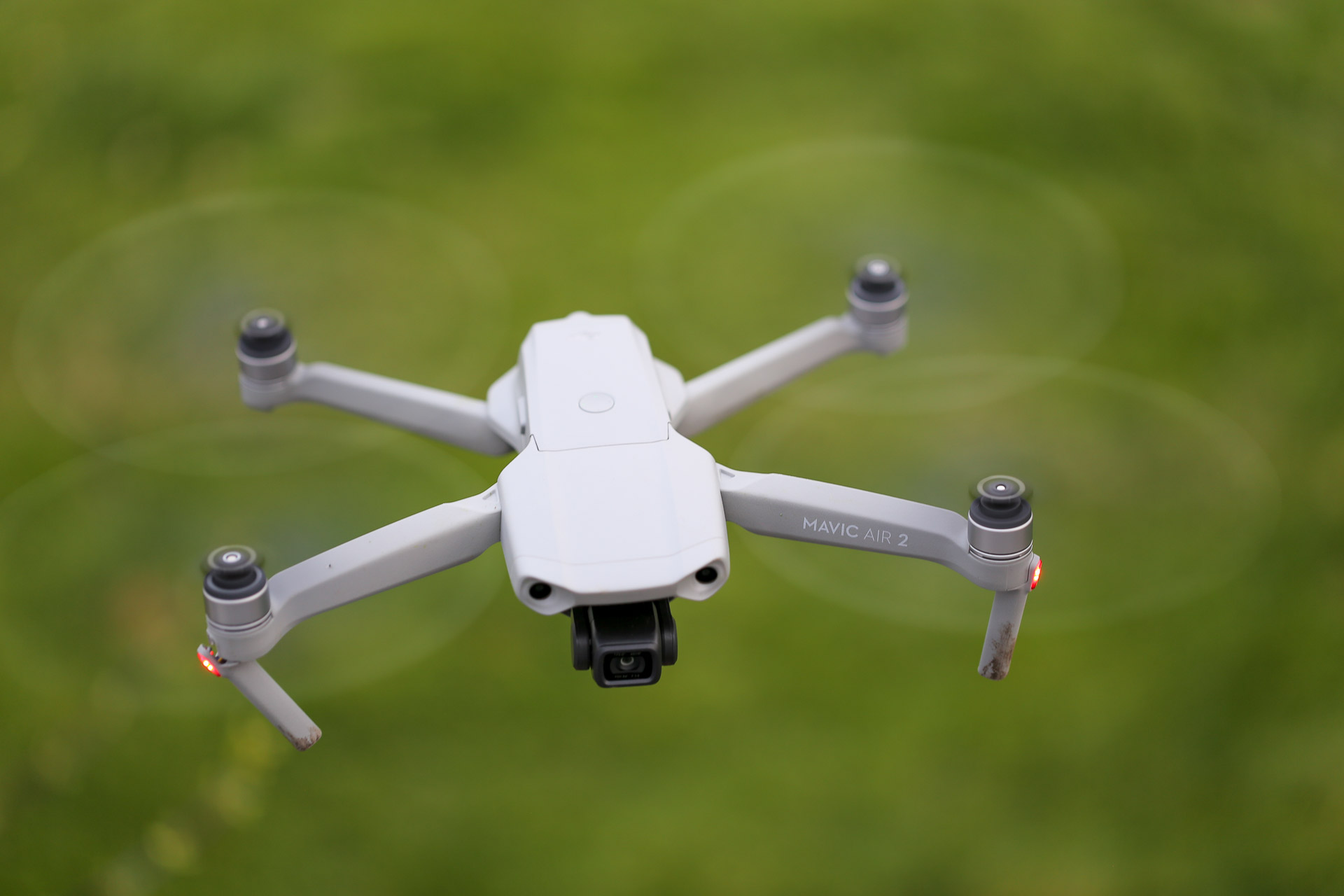
Review
Flying the DJI Mavic Air 2 is a treat and has everything a drone needs: fast speed, high-res camera, long battery life, tremendous range and obstacle avoidance. And it’s relatively inexpensive at $799.
I’m satisfied. And that’s not something I often say when reviewing gadgets. There’s little missing from this product. It’s not perfect — the avoidance system has trouble detecting obstacles on the side of the drone — and yet I have no problem recommending this drone. The DJI Mavic Air 2 is the best consumer drone to date.
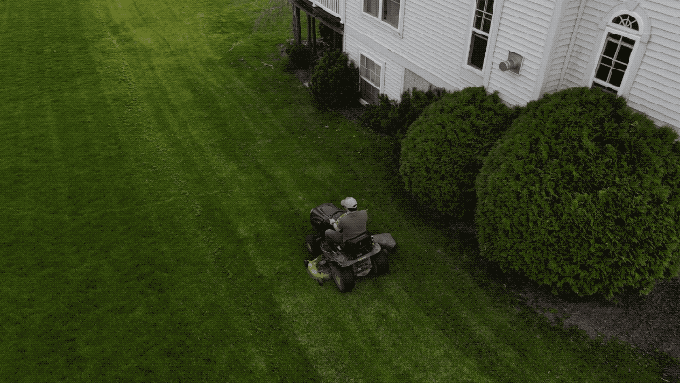
I wish I could show video from an epic kayaking trip where the Mavic Air 2 follows our boats down rapids and around a gnarly river. But I’m writing this review during the COVID-19 lockdown, so the best I can do is videos of my golden retriever, Nova, chewing on a stick and me mowing my yard.
It’s fast and capable of hitting 40 mph. The range is excellent — I was able to stream video from nearly the stratosphere. The automated flight paths are a great way to add drama to any video. Just select a person or lawn tractor, and the drone will follow it, even circling if instructed.
The Crash
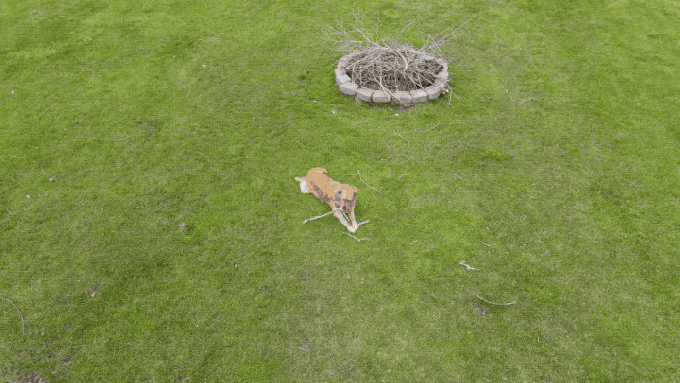
I love the Mavic Air 2 even though it crashed while performing an automated video. Twice.
Here’s the thing. I’m known around TechCrunch as the guy who crashes drones. I want to think it’s because I use them a lot during the review process to find their limits and flaws. Maybe I’m just a lousy pilot. Our original DJI Mavic coverage was delayed because I crashed the drone into a birdhouse and snapped a handful of props. Replacements had to be shipped from China. With the Mavic Air 2, missed the birdhouse, but found a tree, and a landing leg snapped in half when it hit the ground. Later, when the drone was filming me on the mower, it got stuck in a tree after not sensing a massive tree limb.
I don’t think these crashes are my fault.
The DJI Mavic Air comes preloaded with flight routines. The idea has roots in the drone selfie — where someone stands on a picturesque cliff, and the drone takes off backwards, pointed at the waving group of people while revealing the stunning landscape. This DJI drone can do this automatically. Just select a subject — me on a mower — and hit start. The drone counts down from three and starts flying while keeping the person or object in focus.
As you can see in the video above, everything was going great. The drone took off from about 8 feet, skimmed the birdhouse that previously claimed another drone, and was slowly circling my yard until it found a tree. I assumed the drone’s obstacle avoidance system would have stopped the drone if it detected an object. That’s what happened during the previous dozen flights. But this time, the drone did not identify the branches and crashed.
I don’t think it’s my fault.
The drone has a hard time detecting objects when moving side to side. There are multiple sensors on the front, back, and bottom of the drone and none on the side. The second time it crashed, the drone was in a similar motion, moving side-to-side when it lodged itself on a large limb.
The drone survived both crashes and can still fly, and I’m having a blast. The drone is fast and stable. The range is incredible, though if the FAA is reading this, the drone never left my line of sight.
[gallery ids="1990797,1990795,1990800,1990794,1990791"]
Operation
DJI states the Mavic Air 2 has a video transmission range of 10km. In my experience, these range numbers are unachievable in the real world. More often, the range is more than half of that distance, but still impressive and well out of the operator’s sight range.
Drones are increasingly adding technology for capturing personal experiences rather than faraway objects. The Mavic Air 2 seems purpose-built for this task. Sure, it can fly forever in a straight line, but it has the capability of tracking an object and providing a unique vantage point.
The Mavic Air 2 packs DJI’s latest object tracking tech, and it works well as long as its limitations are understood. Just drag a box around an object, and the software will lock onto the object and keep it centered in the camera’s field of view. Combined with the obstacle detection sensors, this gives the Mavic Air 2 an impressive suite of capabilities.
DJI’s new object tracking is an improvement over past generations. It seemingly has no issues detecting large objects in front, behind, or under the drone.
In my experience, the Mavic Air 2 detected power wires, birdhouses and large tree branches as long as they were not on the drone’s side. And it sees people and vehicles fine. It has a hard time tracking Nova; more often than not, the drone loses him even when he’s walking. If the drone detects a potential collision, the controller starts beeping with fury.
With object tracking, it frees the operator from being in front of the camera. Suddenly, with this feature, the possibilities are endless. As detailed above, the Mavic Air 2 lacks sensors on the drone’s side, which is its limiting factor. Use it in a field or parking lot, and you’re good. Use it down a wooded river or trail, and you’ll have a bad time.
Skydio makes a consumer drone that has a similar feature set. However, in my experience, the Skydio drone’s object detection is superior to what’s found in the Mavic Air 2, making the tracking features more useful. With a Skydio drone, users are able to have the drone fly autonomously through area’s the Mavic Air 2 is unable to navigate.
The Mavic Air 2’s camera is fantastic considering the price of the drone. It easily captures the blue skies and wispy clouds, which is often hard for cameras in consumer drones. Colors pop, and landscape photos come alive. The 48MP sensor provides enough detail to zoom into areas with little loss of quality. The camera can shoot RAW files and DJI released a series of ND filters that can attach to the front of the lens, giving the user more control over lighting.
Best of all, the Mavic Air 2 has excellent battery life. I averaged around 30 minutes of flight time in moderate wind when using the drone in Normal mode. The battery life drops to around 25 minutes with high winds or spirited flying in Sport mode. During my time with the Mavic Air 2, I flew the drone over a dozen times. I don’t think I ever had to recharge the controller.
[gallery ids="1990732,1990734,1990733,1990731"]
Conclusion
The Mavic Air 2 was a long time coming. I’ve used nearly every DJI consumer drone since the original Phantom, and each generation leapfrogs the last in capabilities and convenience. The original Mavic freed me from carrying a large Pelican case with Phantom drone. The second generation Mavic added a better camera. The small DJI Spark made drones even more portable, but the camera and range were lacking. The DJI Mavic Mini filled that need with updated tech in a foldable design, and yet the camera is underwhelming.
The Mavic Air 2 builds on the success of the original but is loaded with updated technology. Now the Mavic Air 2 can go faster, farther, and take better pictures while preforming automated flight paths and object tracking.
The Mavic Air 2 is the drone for most consumers. It hits the sweet spot of capabilities for the price.

